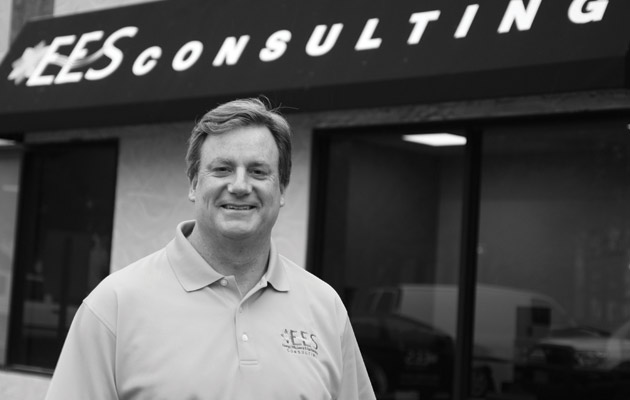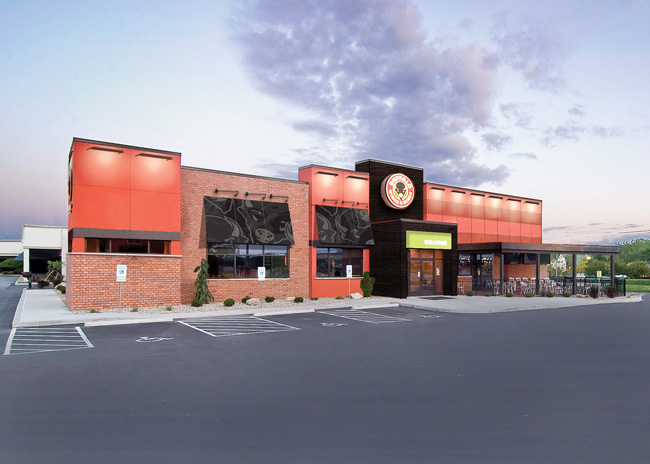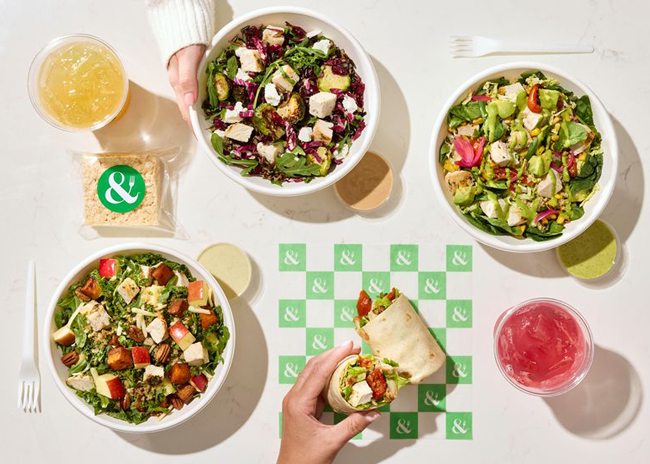Long hours, hot kitchens, refrigeration, and a constant need for clean and balanced air flow, make restaurants notoriously greedy energy guzzlers. Dan Parsley, chief operating officer of Energy Efficiency & Sustainability Consulting, a Houston-based franchised consulting company, helps restaurants and other commercial enterprises pinpoint their facilities' weak spots and implement strategies for boosting efficiency and reducing costs.
rd+d: You use building science principles to assess energy efficiency. What does that refer to?
DP: It's about how building mechanical systems work together. The goal is to find the optimal way for those systems to work efficiently and comfortably inside your building. A lot of individual product manufacturers make big claims. 'Buy these double-pane windows and you'll save 30 percent on your energy bill,' for example. But if you're just buying into one product you're not going to get the savings they claim. It requires a more holistic approach, looking at the entire envelope of the building — the roof, insulation, windows, all sources of heat penetrating in the summer and escaping in the winter.
rd+d: What are some simple solutions for improving the envelope's efficiency?
DP: The most obvious is basic weatherization. Simply sealing leaks around doors, windows, equipment, light fixtures, outlets, etc., is inexpensive, nets some savings and helps your HVAC system work more efficiently. It's also something a lot of operators just don't get to. Another is coatings. On traditional commercial structures with flat or metal roofs, treat the roof surfaces with coatings that are highly engineered to keep heat from penetrating. The same principle works for windows. There are beautiful, very effective solar films that go on the inside of the glass that allow natural light in but reject infrared rays that cause heat to come through. An added benefit is that they block UV rays that cause fading of curtains, furniture and flooring so those things last longer.
rd+d: Do such coatings provide a good return on investment?
DP: Window coatings can pay for themselves within two to four years, depending on a few variables. Obviously, the more glass you have the bigger the savings. And if you have single-pane windows you'll see a bigger impact than with double-pane. Orientation also makes a difference; if the building faces any direction but north, you'll see significant savings.
rd+d: What's the low-hanging fruit for improving energy efficiency inside?
DP: Installing low-flow faucets and toilets is a good first step, but lighting is number one, especially given technology innovations. There are three basic issues with lighting in many existing restaurants. First, old lighting pulls a lot of energy for the amount of light you're getting. It also produces a lot of heat. An old halogen light can get up to 300-plus degrees. That's heat that you're air conditioning. Third, older conventional bulbs don't last long so you have the ongoing maintenance issue of having to buy and install new bulbs. Lighting is probably in 80 percent of our proposals today whereas 4 years ago it was in 15 percent to 20 percent. That's because the cost of LEDs has come down and the aesthetics have improved so much. The technology is there, the performance is incredible in terms of energy conservation, and the warranties are there — 5 to 10 years is common. For restaurants, the biggest concern is aesthetics, but that's no longer an issue. Manufacturers now offer a full range of options. Lighting retrofits aren't the lowest cost option on the front end, but in most cases they have the biggest payback.



